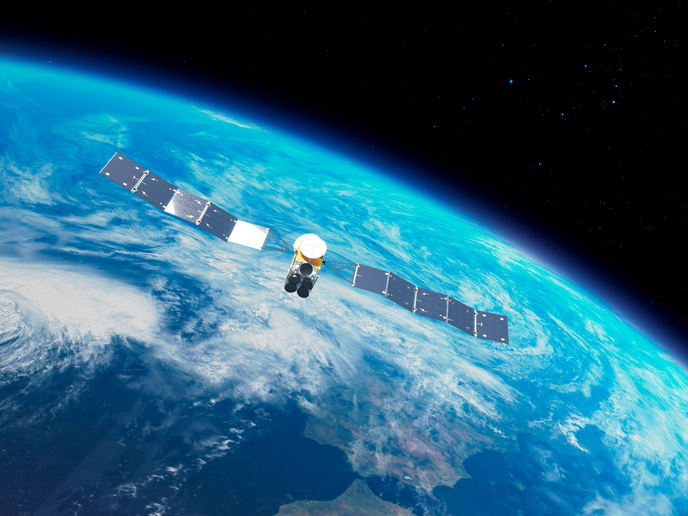Sustainable digital solutions aid in transforming Africa’s agricultural sector
African farmers will tell you that they have land and water, but why is it so hard to make a living from it? Simple answer, they don’t have money. They lack the resources needed to work the land, especially during harvest time.
Bringing digital solutions to African farmers
The EU-funded NADiRA(opens in new window) project contributes to develop agriculture in Africa using sustainable digital farming solutions. This means industrialising the incorporation of Earth observation products from Copernicus(opens in new window) sensors’ data as Internet of Things and mobile devices giving stakeholders the key information to invest in smallholder farming. “Digital technologies offer a unique opportunity to transform and secure agriculture in Africa. Through new ecosystems development inside the smallholder value chains, transparency, inclusiveness and efficiency are improved,” explains Daniel Annerose, CEO of Manobi Africa, a key project partner. This digital innovation will reduce investment risk for agro-industrial stakeholders, notably bankers, insurers, input suppliers and food processors, and at the same time help increase the availability of credit and improve smallholder productivity. “Imagine that we can reduce interest rates on smallholder loans, which today are very high in Africa — anywhere between 20 and 30 %. Then we’d do a fantastic service to smallholder farmers. Because what they really need, first and foremost, is money,” says Pierre Sibiry Traoré, project partner.
A closer look at the digital tools
The project leverages its partners’ digital tools agCelerant™ agricultural business platform(opens in new window) and Geospatial Exploitation Software Platform (GEP)(opens in new window) of Spacebel — providing a unique opportunity to transform and secure agriculture in Africa in three important areas: real time agriculture monitoring, innovative rural job market development and equitable inclusion. The NADiRA project contributed to interface the GEP with agCelerant™, enabling organisation, discovery, collection and management of large quantities of georeferenced data in a fully automated processing system. This comprehensive solution combining digital tools with an innovative business model provides concurrent detection of field-level agricultural events, monitoring of crop response, and production forecasts based on combined field and Earth observation data streams. Both data streams are essential for operational exploitation and scalability, particularly in varied smallholder agriculture.
Putting pilot projects to the test
The consortium deployed three pilots to monitor the crop seasons in 2018 and 2019 to test its digital technology and business model. The data received allowed them to adjust and address any issues. Through field experimentation in Nigeria and Senegal, the project demonstrated the critical role of Copernicus satellites in the technical and economic management of smallholder agricultural value chains. The successful replication all over Africa of the solution proposed by the NADiRA consortium is expected to have a direct socioeconomic as well as indirect political impact, bringing benefit to strategic partnerships between Europe and Africa. Anticipated socioeconomic impacts include an increase in productivity above 15 %, improved food security and the development of job opportunities for young people in farming. Project outcomes will also create innovation capacity, as NADiRA’s digital platform will be open to scientists and service developers. Thanks to the organisation put in place, the increasing wealth of data and tools made available by the platform, scientists and service developers will be able to develop their own capacities — at both precompetitive and competitive stages. “This will begin with agriculture and, progressively, address other thematic domains such as forestry, water management and environment monitoring,” concludes Bernard Stevenot, project coordinator.







